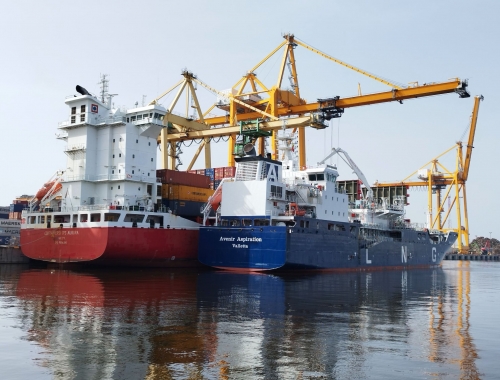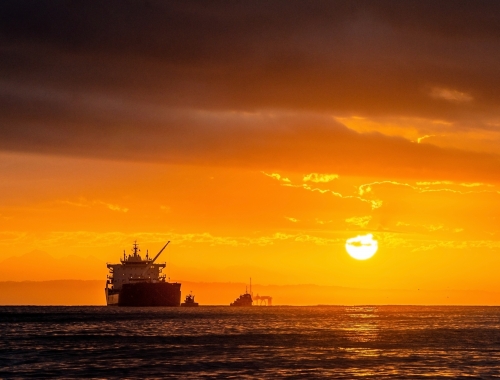UK doubles 2030 hydrogen target
SUMMARY
The government also plans to take a final decision by the end of this year on blending up to 20% hydrogen into the existing natural gas grid.
By NGWPOSTED IN:
The UK government has doubled its target for low-carbon hydrogen production by the end of the decade as part of a new strategy to bolster the country's energy security.
In a policy paper published on April 7, the government said its target was now 10 GW of hydrogen supply by 2030, up from a previous goal of 5 GW. Green hydrogen, produced by electrolysers powered by renewable energy, will account for half of production by the end of the decade. The remainder will be blue hydrogen, derived from natural gas with the resulting emissions captured, and pink hydrogen, which is also produced at electrolysers but with the process powered by nuclear electricity.
The government also plans to take a final decision by the end of this year on blending up to 20% hydrogen into the existing natural gas grid in order to decarbonise it.
Whitehall calls for annual allocation rounds for green hydrogen to take place, moving to price competition allocation by 2025, so long as legislation and market conditions allow. The government also wants to design new business models for hydrogen transport and storage by 2025, as well as create a hydrogen certification scheme. This scheme will "demonstrate high-grade British hydrogen for export and ensure any imported hydrogen meets the same standards that UK companies expect."
A number of blue hydrogen projects are already at the planning stage in the UK, including HyNet, led by Progressive Energy in northwest England, and H2Teesside and H2H Saltend, being developed by BP and Equinor respectively in the northeast.








